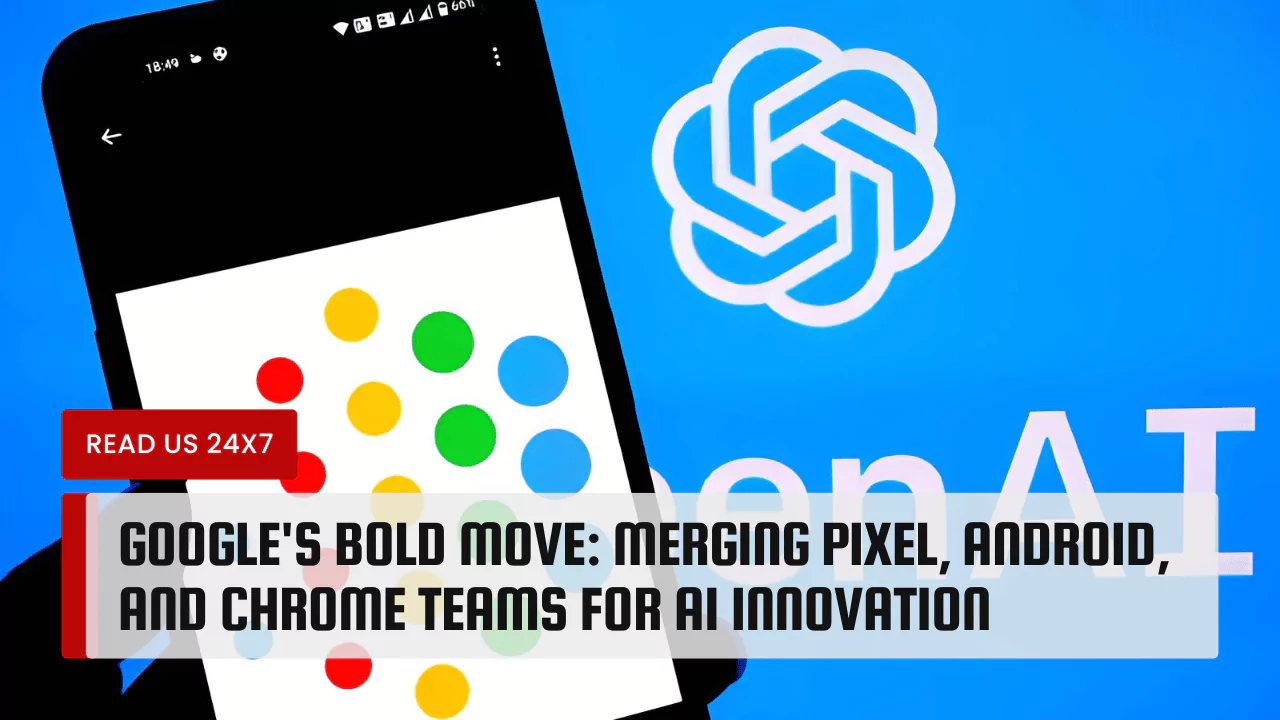Google recently announced a significant internal reorganization, consolidating its Pixel, Android, Chrome, ChromeOS, and other teams into a single unit under the leadership of Rick Osterloh. The primary objective behind this move is to accelerate the integration of artificial intelligence (AI) across various Google products and services.
Purpose of Google’s Reorganization
By merging the Android and hardware teams, Google aims to streamline its operations and facilitate full-stack innovation. This integration enables the company to leverage AI more effectively, enhancing user experiences across devices. Rick Osterloh emphasizes the importance of AI in transforming user experiences, citing examples like the Pixel camera’s AI-powered features.
Impact on Google’s Business Model
Potential for Growth
The consolidation of teams under a unified leadership allows Google to move faster in integrating AI into its products. With a dedicated focus on AI research and development, Google can harness the latest advancements in machine learning to improve its offerings continually. This strategic shift positions Google to remain at the forefront of technological innovation and maintain its competitive edge in the market.
Potential Challenges
While the reorganization holds promise for enhancing AI integration, it also presents challenges. Google must navigate the complexities of balancing its own hardware efforts with partnerships within the broader Android ecosystem. The company faces the task of maintaining relationships with external partners while promoting its first-party hardware products. Additionally, ensuring seamless collaboration between hardware and software teams requires careful coordination and communication.
Reactions to the Reorganization
Positive and Negative Responses
The announcement of Google’s reorganization has elicited a mix of positive and negative responses from various stakeholders. Some view the move as a strategic step towards driving innovation and enhancing user experiences through AI. Others express concerns about the potential implications for competition and collaboration within the Android ecosystem. However, Rick Osterloh and Hiroshi Lockheimer emphasize that the reorganization is not the result of internal power struggles but rather a deliberate effort to accelerate AI integration.
Speculation on Future Changes
Looking ahead, speculation abounds regarding the future implications of Google’s reorganization. Observers anticipate further developments in AI-driven technologies and services, with Google poised to play a leading role in shaping the future of computing. However, questions remain about how the reorganization will impact Google’s partnerships and product strategies in the long term. As Google continues to evolve its approach to AI, it remains committed to driving innovation and delivering value to users worldwide.
In conclusion, Google’s decision to merge its Pixel, Android, and Chrome teams underscores its commitment to advancing AI integration across its product ecosystem. While the reorganization presents both opportunities and challenges, it signals a bold step toward shaping the future of technology. As Google navigates this transformative journey, stakeholders eagerly await the unfolding of new innovations and experiences driven by AI.



